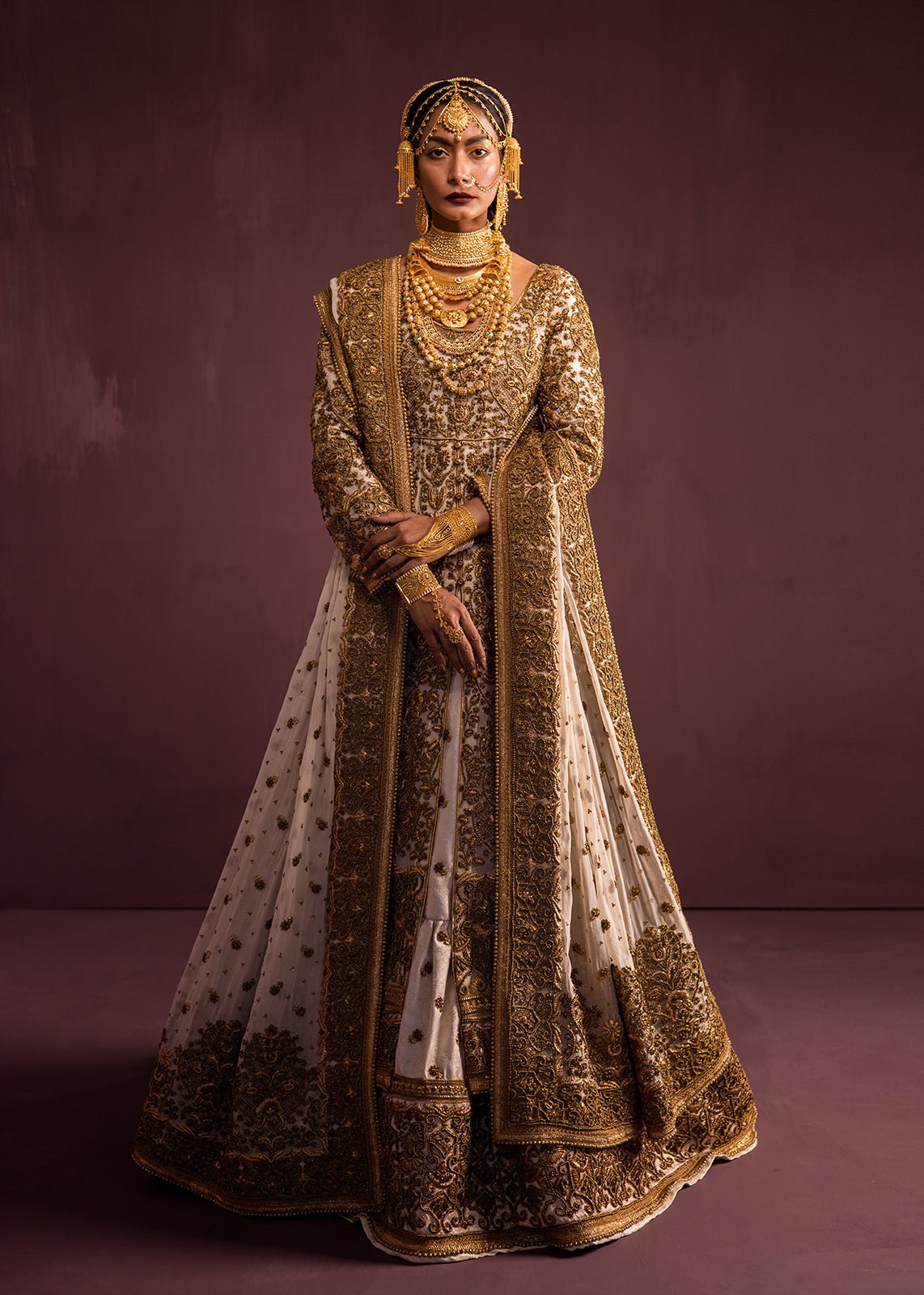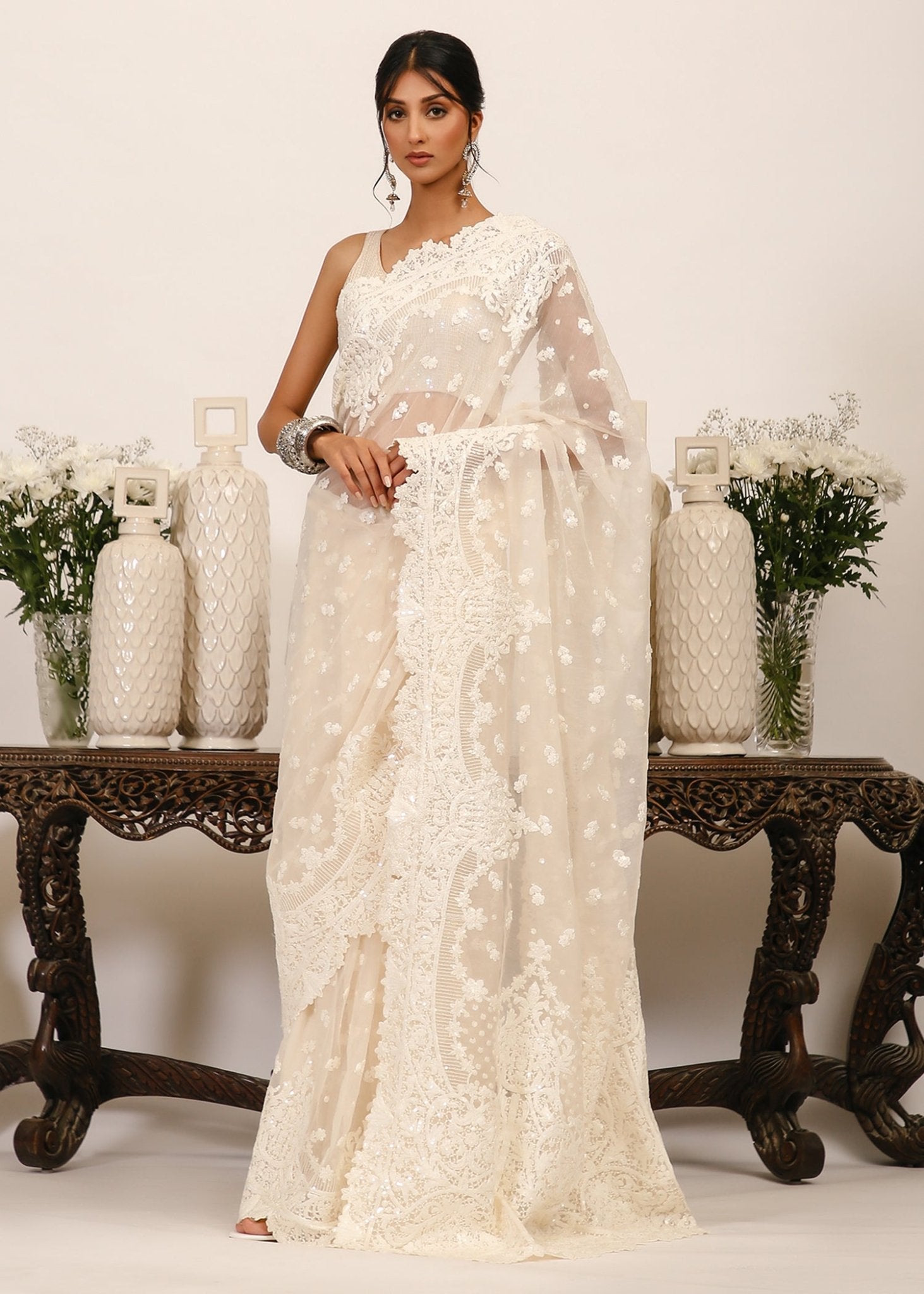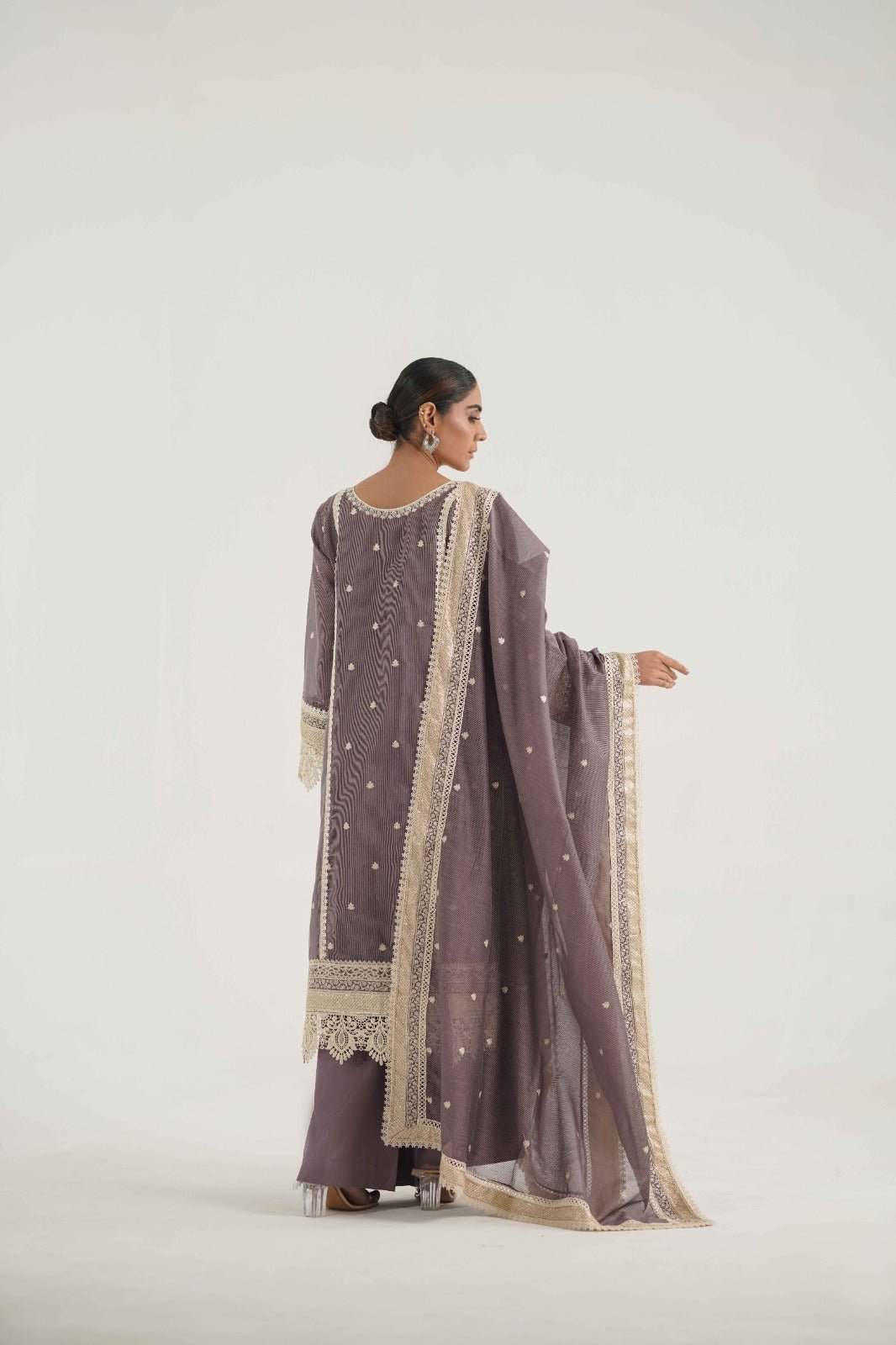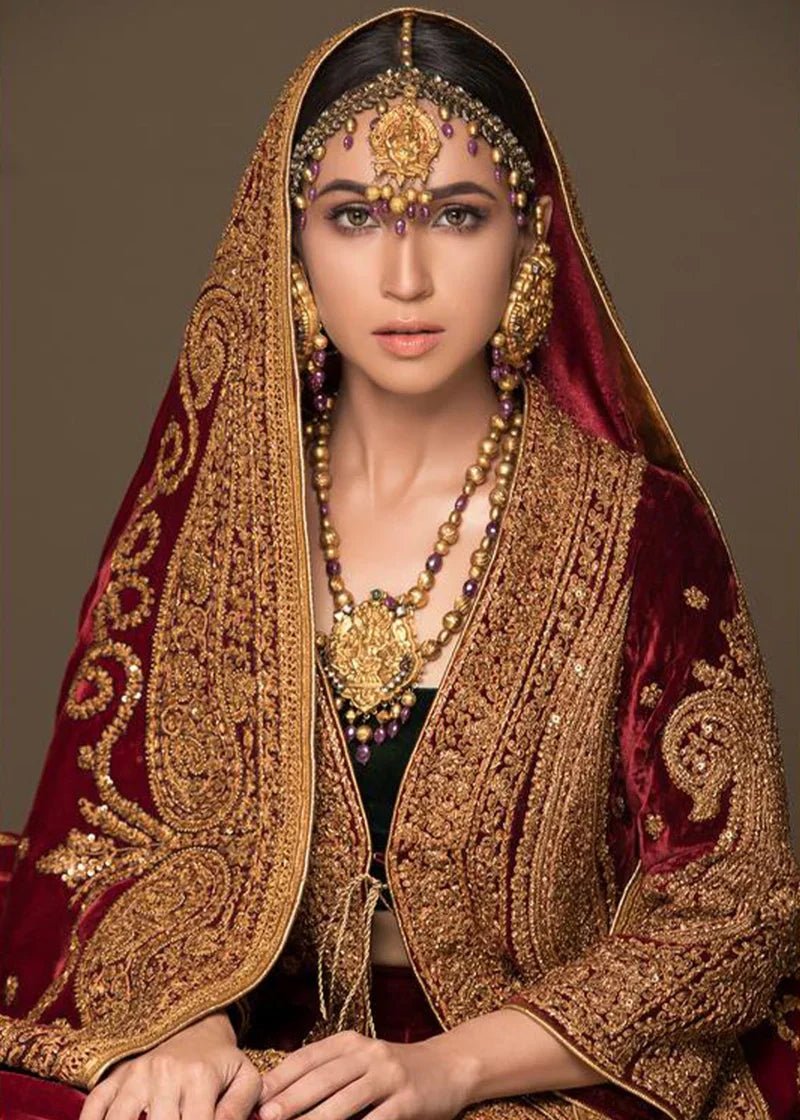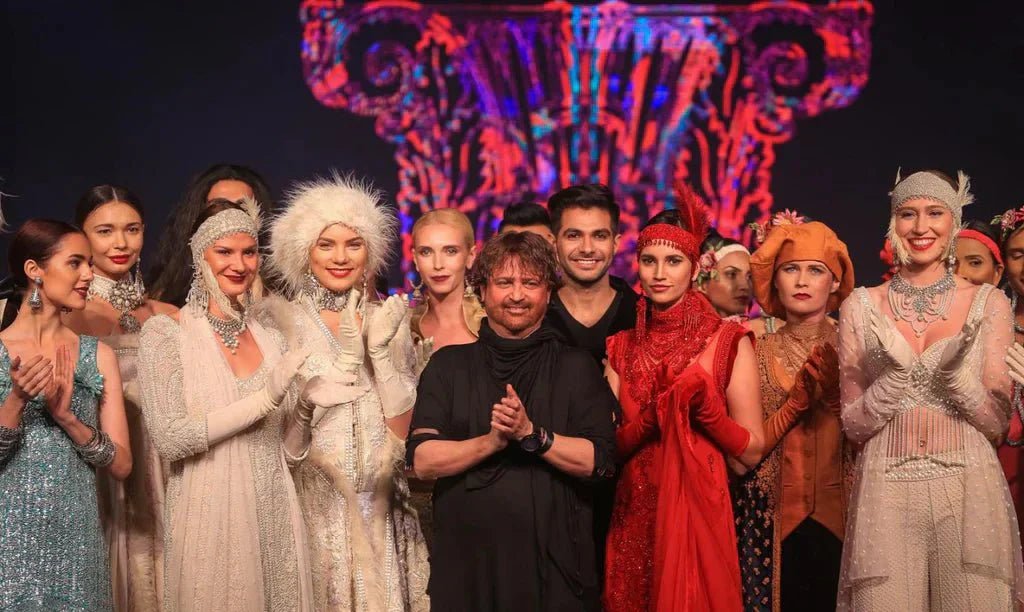
The Art of Hand Embroidery: Behind the Craft of Rizwan Beyg Designs
The Art of Hand Embroidery: Behind the Craft of Rizwan Beyg Designs
Embroidery has long been revered as a luxury, skill, and cultural heritage symbol. In fashion, few designers have embraced this ancient art form as passionately as Rizwan Beyg. With each stitch, Beyg brings beauty to his garments and a deep respect for the artisan tradition. His intricate embroidery work is a testament to craftsmanship and cultural preservation. In this blog, we will explore the artistry behind hand embroidery at Rizwan Beyg Designs, the painstaking process involved, and how it continues to influence the brand's couture and bridal collections.
The Legacy of Hand Embroidery
Hand embroidery is one of the oldest forms of decoration, dating back centuries and transcending cultural boundaries. It's a method of embellishing fabric by sewing intricate designs with thread, beads, and other materials. Each piece can take hours, sometimes weeks, requiring immense patience and skill. For Rizwan Beyg, hand embroidery is not just about fashion but about reviving and preserving this incredible tradition. His collections often incorporate time-honored embroidery techniques such as zari, aari, and resham work, each representing the cultural richness of South Asia.
Empowering Artisans Through Craft
In 2012, Rizwan Beyg took a monumental step in preserving this art form by shifting his embroidery workshops from urban areas to the rural villages of South Punjab. By training women artisans in these communities, Beyg has contributed to rural development and empowered these women with a sustainable source of income. Many of these artisans are now highly skilled in various embroidery techniques, creating masterpieces that appear in Beyg's couture, bridal wear, and pret collections. This initiative has enabled women to be financially independent while preserving their rich cultural heritage. It's a perfect fusion of fashion and social responsibility.
The Embroidery Techniques at Rizwan Beyg

- Zarri WorkZarri or Zardozi embroidery is an ancient art form that uses gold or silver threads to create intricate designs. In Rizwan Beyg's collections, zarri work is often paired with delicate fabrics like silk and velvet, producing regal bridal and couture pieces that are nothing short of luxurious.
- Aari EmbroideryAari embroidery, often called "chain stitch," involves a needle hooked from the top and pulled through to the bottom. This technique is seen in Beyg's Pearlessence collection, where soft, flowing fabrics like cotton net are intricately adorned with pearl and aari work, blending tradition and modern aesthetics.
- Resham WorkResham, or silk thread embroidery, is known for its finesse and ability to create vibrant, colorful designs. This technique is heavily featured in the Shahnameh collection, where delicate silk thread creates floral motifs in jewel-toned fabrics reminiscent of the Mughal era.
Cultural Inspirations Behind the Designs

Rizwan Beyg's work is often inspired by South Asian art, architecture, and cultural motifs. His Truck Art collection, for instance, is a celebration of Pakistan's vibrant street culture. The bold colors and intricate detailing of truck art are brought to life through embroidery, making each piece a garment and a work of art.
Similarly, his bridal collections are heavily influenced by Mughal royalty, with flowing dupattas and straight shirts embellished with traditional Mughal motifs, like floral designs and geometrical patterns.
Why Hand Embroidery Matters Today
In today's world of fast fashion, where machine-made garments are mass-produced, the delicate art of hand embroidery stands as a testament to the value of slow fashion. Each piece in the Rizwan Beyg collection is crafted with care, passion, and dedication, making it a timeless addition to any wardrobe. The subtle imperfections in hand embroidery make each item unique, elevating the value of handcrafted couture.
Moreover, Rizwan Beyg's approach to embedding social responsibility into his craft by empowering rural women and bringing their artistry to the forefront is inspiring. It demonstrates that fashion can be both beautiful and ethical.
Conclusion
The artistry behind Rizwan Beyg's hand embroidery is more than just intricate patterns and beautiful designs. It's about cultural preservation, empowerment, and making fashion meaningful. Whether the luxurious zari work on a bridal ensemble or the bold, vibrant aari stitches on a pret piece, each thread tells a story of tradition, craftsmanship, and dedication. Through his work, Rizwan Beyg reminds us of the timeless beauty of hand embroidery and its place in the modern world.

